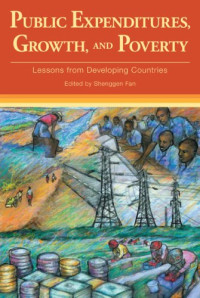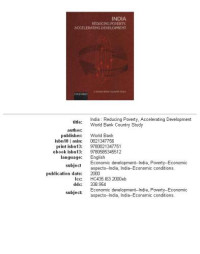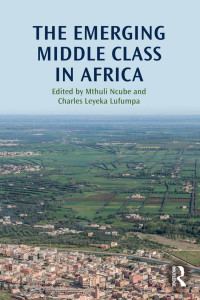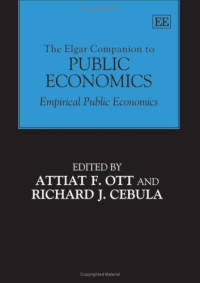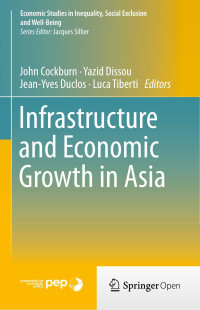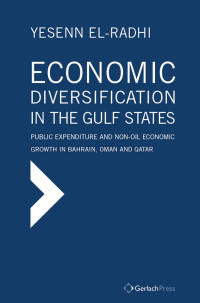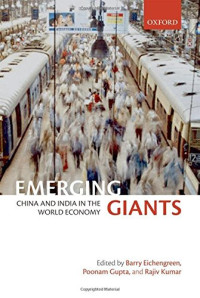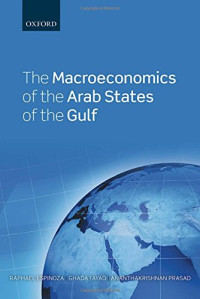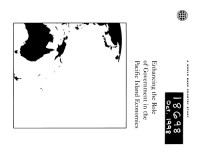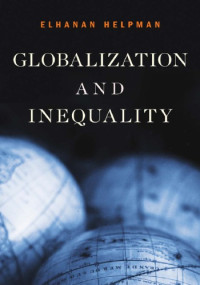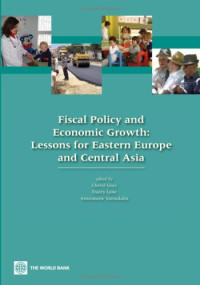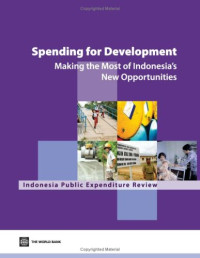
Infrastructure and Employment Creation in the Middle East and North Africa
Antonio Estache, Elena Ianchovichina, Robert Bacon, Ilhem Salamon
This study assesses the potential for job creation through infrastructure investment in the Middle East and North Africa. The region has experience in making the most of infrastructure investments, but maintaining and spreading the momentum in infrastructure will be important to support future growth and job creation. To do so, policymakers will have to recognize that there are large differences in initial conditions across the region in terms of starting stock, needs, fiscal commitments, private sector participation and job creation potential. Overall, the regions infrastructure needs through 2020 are quite large and estimated at about 106 billion dollars per year or 6.9 percent of the annual regional GDP. The differences in infrastructure and maintenance needs across sub-regions are also impressive, with developing oil exporters expected to require almost 11 percent of their GDP annually, while the oil importing countries and the GCC oil exporters expected to need approximately 6 and 5 percent of their GDP, respectively. Investment and rehabilitation needs are likely to be especially high in the electricity and transport sectors, particularly roads. Rehabilitation needs are expected to account for slightly more than half of total infrastructure needs. While oil exporters will be able to meet their national infrastructure needs if they maintain investment spending at rates prevailing in the 2000s, oil importers will fall short. The infrastructure sector has the potential to contribute to employment creation in MENA. The region could generate 2.0 million direct jobs and 2.5 million direct, indirect and induced infrastructure-related jobs just by meeting estimated, annual investment needs. However, the potential varies greatly across countries, and infrastructure alone will not resolve MENAs unemployment problem. Going forward, decisions on what types of public spending to expand and what to downsize in order to achieve balanced budgets will have important implications for jobs. In designing country specific solutions, governments will have to tackle predictable challenges: the governance of job creation, the proper targeting and fiscal costs assessment of subsidies needed to create jobs, the design and fiscal costs of the (re)training programs needed and the expectations on the job creation effects of infrastructure.
년:
2012
판:
1
출판사:
World Bank Publications
언어:
english
페이지:
94
ISBN 10:
0821396668
ISBN 13:
9780821396667
파일:
EPUB, 4.40 MB
IPFS:
,
english, 2012
 Amazon
Amazon  Barnes & Noble
Barnes & Noble  Bookshop.org
Bookshop.org  파일을 변환하실 수 있습니다
파일을 변환하실 수 있습니다  더 많은 검색 결과
더 많은 검색 결과 기타 혜택
기타 혜택 